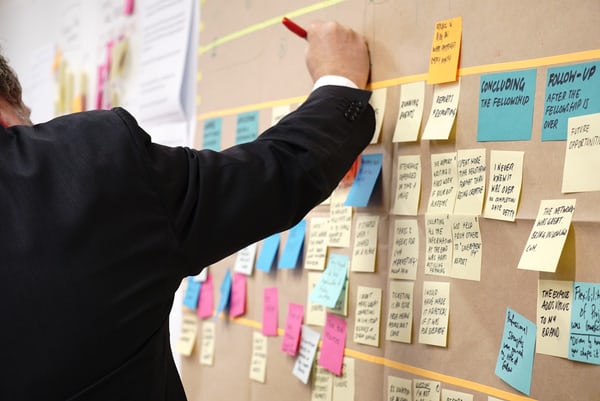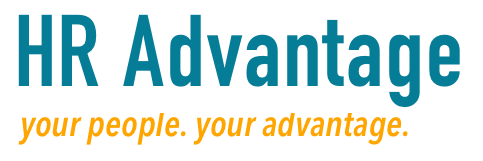Workforce and Resource Analysis – Complex Change
Case Studies > Organisation Design, Structures, Resources > Workforce and Resource Analysis – Complex Change
The Client
A senior executive managing a whole of government project to reengineer a large, complex cross Government grants process with a new grants administration model to achieve Government policy reform.
A limited life project team was established to lead this reform and a key requirement was to analyse and address workforce impacts.
The Brief
HR Advantage was engaged to undertake this complex project in two parts. First, to complete a ‘current state’ analysis to identify resources being deployed and how they were being deployed across agencies to develop, administer and evaluate designated government grants.
Second, to consider what resourcing mix and structure would be needed to adopt a new model to administer designated grants – a ‘future state’ analysis.
Once current and future states were established, HR Advantage was then required to undertake a gap analysis providing independent advice about workforce impacts. This included the mix and design of roles and capability requirements to support the new model and related implementation and change management needs.
The project required significant engagement across agencies. It needed to be completed within 14 weeks to align with timing for advice going to Government.
HR Advantage deployed a team of two consultants given both the complexity of the project and the tight timeframe.
Our Response
Due to the nature of the reform being sought by the project team, we explicitly incorporated change management methods at the outset. Recognising that stakeholder engagement was integral to readiness for changes to come, and a lack of engagement was a major project risk.
HR Advantage worked extensively with the client and agencies to understand and document the designated processes for grants administration and to understand the resources involved (eg. roles, skills, time required).
We employed business process mapping using swim lane methodology. This enabled commonalities and differences to be identified across how agencies operated. Also to appreciate dependencies and interdependencies in processes and structures.
We worked with agency representatives to collect information and validate the collation, resulting analysis and conclusions. Our ‘current state’ report was shared assisting information exchange and the transparency of the project.
Our methodology for the ‘future state’ was informed by knowledge gained to date. We had clearly identified significant variations between agency processes and that no two agencies would be impacted by changes the same way.
We therefore engaged intensively one on one with each agency involved – nine were identified - to understand future state implications.
We facilitated in depth discussions of the new grants model and explored workforce and staffing impacts for each agency. The readiness for implementing the changes varied for different reasons. Agency specific consultations enabled this to be meaningfully explored. This fostered a clear understanding of the implications of the new grants model and what each agency would need to do to plan for implementation.
We then synthesised our future state assessment into a comprehensive report with advice on workforce and staffing impacts, change management and implementation. This report was shared with agencies involved.
The Results
HR Advantage completed the project on time and within budget having undertaken all elements in close collaboration with the project team and with cross agency engagement.
We provided eight major recommendations covering: governance to support the new grants model fostering collaborative agency roles and processes; performance indicators to monitor and adjust implementation in roll out; resourcing requirements; responsibility for coordinated implementation; sponsorship; key issues for agency implementation plans; change management requirements; workforce capability – including a draft skills matrix and identified capabilities to support the new model (eg. enable a more strategic focus on grants program objectives, and on the evaluation and analysis of outcomes, with implications for resource profile and mix).
Client feedback was highly favourable. In particular, our professional and transparent approach to a sensitive and complex multi-stakeholder project, our independence, the breadth and depth of advice, and the quality and responsiveness of the deliverables within tight timeframes.

